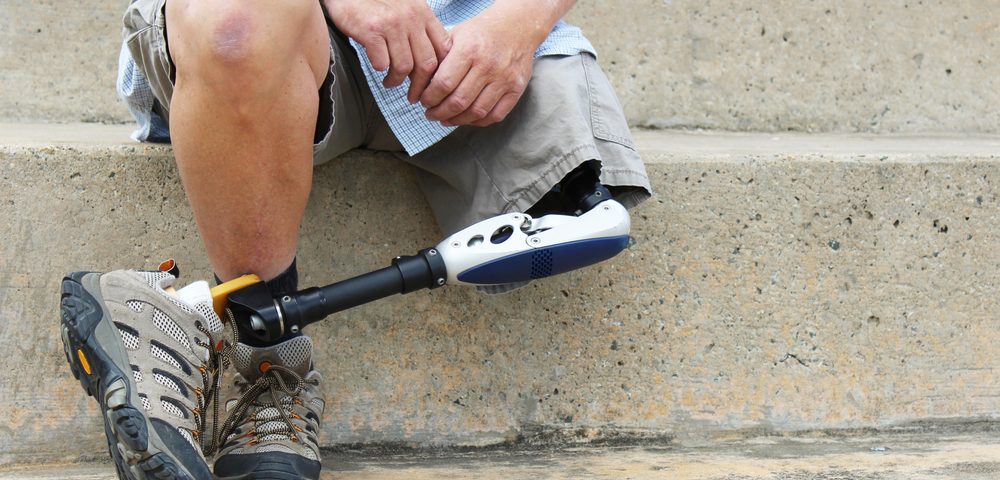African-American people are at higher risk for diabetes and peripheral arterial disease (PAD), which combined make them more susceptible to preventable amputations.
African-Americans are, statistically, twice as likely as non-Hispanic whites to have PAD. At the same time, one in four older African-American has diabetes.
The findings are from a recent study published in the Journal of Vascular Surgery, titled “Amputation trends for patients with lower extremity ulcers due to diabetes and peripheral artery disease using statewide data.”
Diabetes may increase the risk of amputation mainly because of its side effects, like neuropathy, or extremity ulcers.
To avoid increasing your risks of amputation, you should watch your health and follow some steps, like:
- Walking everyday – if you feel any pain stop and rest before resuming.
- Stop smoking (or don’t start at all) – cigarettes are bad for the lungs, veins and arteries.
- Don’t be a hero – if you feel occasional pain, don’t blow it off and mention it in your next visit to the doctor.
- See a doctor on a regular basis – diabetics should meet with their doctors regularly. Doctors can recommend further tests, which are non-invasive and don’t hurt, but if PAD is diagnosed you can visit a specialized doctor that can help you care for it properly before the risk of amputation is even significant.
- Monitor your numbers – check for your blood sugar, cholesterol and blood pressure levels on a regular basis. Take statins for high cholesterol, if your doctor thinks it’s appropriate, and follow your doctor’s advice diligently.
PAD increases risk for amputation because it blogs blood vessels and constricts blood flow, eventually reducing oxygen levels – in the legs, feet and toes. If not treated, it can lead to incurable infections, for which the only cure is ultimately amputation.
But are African-Americans more susceptible to preventable amputations just because of diabetes and PAD? Katherine Gallagher, PhD, a vascular surgeon and member of the Society for Vascular Surgery who directs the PAD program at the University of Michigan, thinks we should look at other clues:
“Studies show that African-Americans, especially men, may not go to the doctor as often,” Gallagher said in a press release. “That’s been established, but the reasons for this are still being looked at.”
Besides, 15-minute visits are not enough to mention their occasional leg pain as there are often other issues to talk about.
“Patients don’t even bother to mention that, ‘Oh, sometimes my legs hurt,” Gallagher added. “They might get a leg cramp when they go up the stairs, but then the cramp goes away. It’s not typical for a doctor to ask about PAD or check the pulse in the feet.”
High blood pressure (hypertension) is also thought to play a role in this increased risk for amputations as it is already a risk factor for PAD, and is much more prevalent in African-Americans as well, according to a 2013 report from the American Heart Association (AHA).
The report showed that 43% of men and 47% of women in the African-American community had high blood pressure, as opposed to 33% and 31% for white, non-Hispanic men and women, respectively.
You can find more articles on amputation on Diabetes News Journal.


